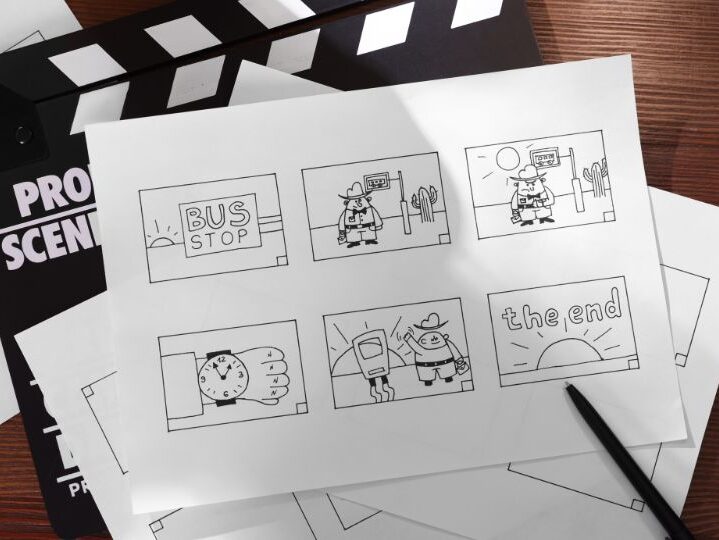Motion graphics design is the art of creating dynamic visual elements that incorporate movement, animation, and visual effects. It combines principles of graphic design, animation, and filmmaking to produce engaging and impactful multimedia content. Here's an introduction to motion graphics design:
What is Motion Graphics
- Motion graphics are visual compositions that incorporate moving elements, such as text, shapes, images, and video.
- They are commonly used in various media, including television, film, online videos, presentations, and user interfaces.
Key Elements of Motion Graphics
- Animation: The process of creating the illusion of movement by displaying a series of static images in rapid succession.
- Kinetic Typography: The animation and manipulation of text to create dynamic, expressive, and visually engaging presentations.
- Visual Effects: The integration of various visual elements, such as filters, transitions, and compositing, to enhance the overall aesthetic and storytelling.
- Composition and Timing: The careful arrangement and timing of visual elements to create a cohesive, rhythmic, and visually appealing motion graphics piece.
Applications of Motion Graphics
- Title sequences: Animated opening or closing sequences for films, TV shows, and videos.
- Explainer videos: Animated videos that simplify complex ideas or concepts.
- Infographics and data visualizations: Animated presentations of data and information.
- User interface (UI) and user experience (UX) design: Motion graphics to enhance the interactivity and engagement of digital interfaces.
- Advertisements and brand identities: Animated content to promote products, services, or brand messaging.
- Presentations and corporate videos: Animated elements to enhance the visual impact of presentations and corporate communications.
Software and Tools
- Popular motion graphics software includes Adobe After Effects, Cinema 4D, Blender, and Autodesk Maya.
- These tools provide a range of features for keyframing, compositing, visual effects, and 3D animation.
- Motion graphics designers may also utilize 2D animation software like Adobe Animate or vector graphics tools like Adobe Illustrator.
Design Principles and Techniques
- Principles of graphic design, such as composition, color theory, and typography, are essential in motion graphics.
- Techniques like easing, parenting, and expressions are used to create smooth and dynamic animations.
- Motion graphics designers often incorporate principles of filmmaking, such as camera movements, lighting, and pacing, to enhance the storytelling and cinematic quality of their work.
Motion graphics design is a versatile and constantly evolving field that requires a combination of technical skills, creative vision, and an understanding of visual communication. As technology continues to advance, the possibilities for creating engaging and impactful motion graphics continue to expand.


